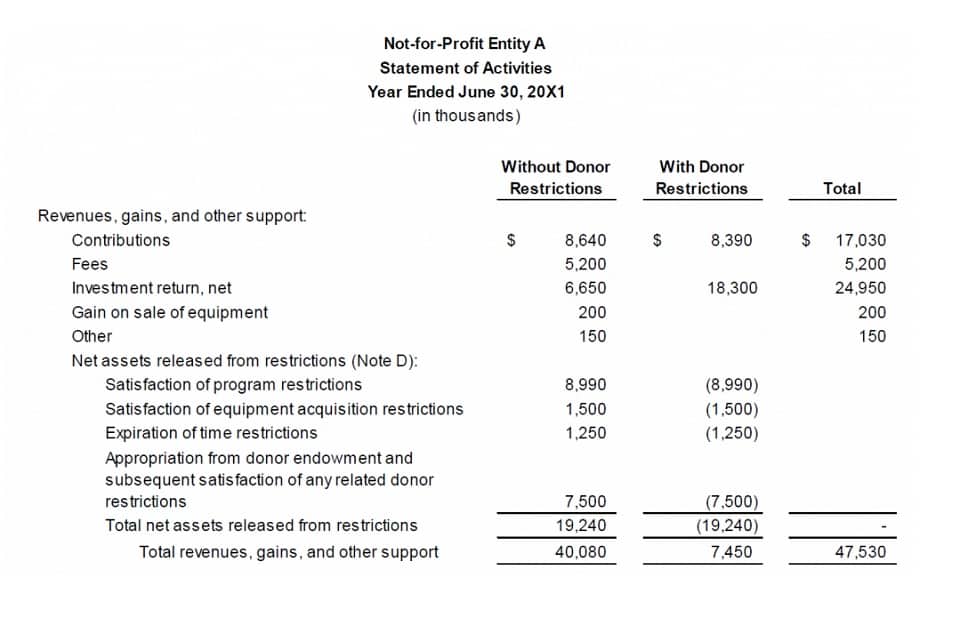Change in Net Working Capital NWC Explained

Working capital during this period is bound to change due to an increase or decrease in the current assets and current liabilities. The essence of the concept retained earnings balance sheet is that if a company has a positive working capital, it means they have funds in surplus. The inverse of having a negative working capital indicates that the company owes more than it has in its cash flow. The change in working capital formula is straightforward once you know your balance sheet. A company’s collection policy is a written document that includes the protocol for tackling owed debts.
Explore our full suite of Finance Automation capabilities

If calculating free cash flow – whether on an unlevered FCF or levered FCF basis – an increase in the change in NWC is subtracted from the cash flow amount. An increase in the balance of an operating asset represents an outflow of cash – however, an increase in an operating liability represents an inflow of cash (and vice versa). A company’s financials are similar to a report card in school, summarizing the business’ performance during a given period of time.
Do you own a business?
Working capital is a financial metric that shows how much cash and liquid assets a company has available to cover day-to-day expenses and short-term debts. This financial metric shows how much cash and liquid assets a company has available to cover day-to-day expenses and short-term debts. This measures the proportion of short-term liquidity compared to current liabilities. The difference between this and the current ratio is in the numerator where the asset side includes only cash, marketable securities, and receivables. The quick ratio excludes inventory because it can be more difficult to turn into cash on a short-term basis. To further complicate matters, the changes in working capital section of the cash flow statement (CFS) commingles current and long-term operating assets and liabilities.
- The amount of working capital does change over time because a company’s current liabilities and current assets are based on a rolling 12-month period, and they change over time.
- An increase in working capital means that a company has more cash tied up in its current assets.
- Stronger growth calls for greater investment in accounts receivable and inventory, which uses up cash.
- As the other side of the entry has to be represented by cash, the change in working capital also represents a cash flow in or out of the business which is utilised to carry out its normal day to day trading operations.
- For example, consider a manufacturing company facing challenges in collecting receivables from customers, leading to a significant increase in A/R.
- Negative cash flow can occur if operating activities don’t generate enough cash to stay liquid.
Premium Investing Services
Changes in working capital can provide important insights into a company’s financial health and can help managers make informed decisions about cash management, operations, and investments. However, this can be confusing since not all current assets and liabilities are tied to operations. For example, items such as marketable securities and short-term debt are not tied to operations and are included in investing and financing activities instead. The current ratio is calculated by dividing a company’s current assets by its current liabilities. A statement of changes in working capital is prepared to measure the increase or decrease in the individual items of current assets and current liabilities. It also shows the net increase or decrease in the working capital during the accounting period.
Positive Impacts
In other words, her store is very liquid and financially sound in the short-term. She can use this extra liquidity to grow the business or branch out into additional apparel niches. If a company can’t meet its current obligations with current change in working capital formula assets, it will be forced to use it’s long-term assets, or income producing assets, to pay off its current obligations.
How to Find Change in NWC on Cash Flow Statement (CFS)

But if current assets don’t exceed current liabilities, the company has negative working capital, and may face difficulties in growth, paying back creditors, or even avoiding bankruptcy. Working capital, often referred to as the lifeblood of a business, represents the funds available for day-to-day operations. It encompasses current assets such as cash, inventory, and accounts receivable, minus current liabilities like accounts payable and short-term debt. Changes in working capital reflect the fluctuations in a company’s short-term assets and liabilities over a specific period. It’s a commonly used measurement to gauge the short-term financial health and efficiency of an organization.
This increase could be due to various factors, such as an increase in accounts receivable, a decrease in accounts payable, or a decrease in inventory. By measuring changes in working capital over time, businesses can gain valuable insights into their cash flow, operational efficiency, and overall financial performance. In this article, we will explore how to calculate change in working capital, its significance, and why it’s essential for businesses to monitor this metric regularly.

Purpose of Preparing the Statement
This decrease in working capital will have a positive impact on the company’s cash flow since the cash is now available to be used for other purposes. By using changes in working capital in conjunction with other financial metrics, companies can make more informed decisions about cash management, operations, taking out working capital loans and investments. It measures how much working capital has changed over time and can provide insights into a company’s liquidity, efficiency, and financial health. Current assets do not include long-term financial investments or other holdings that may be difficult to liquidate quickly. These include land, real estate, and some collectibles, which can take a long time to find a buyer for.